Generative AI is transforming the creative landscape, allowing artists, writers, musicians, and designers to explore new dimensions of expression. With tools like ChatGPT for content, DALL·E and Midjourney for visuals, and platforms like Soundraw or AIVA for music, the boundaries of creativity are expanding like never before.
AI assists writers in brainstorming ideas, editing drafts, and generating entire blog posts or books. In visual arts, AI can produce stunning illustrations in seconds based on just a short text prompt. Musicians now use AI to compose background scores, generate beats, and even master tracks, blending human creativity with machine precision.
The appeal lies in both speed and innovation. Creators can iterate quickly, experiment freely, and reach audiences faster. But the rise of AI in the arts isn’t without controversy. Critics raise concerns about originality, copyright, and whether AI-generated content diminishes the value of human creativity.
Despite these concerns, the industry is evolving into a model of collaboration between human and machine. AI isn’t replacing creativity—it’s enhancing it. The real power lies in how artists harness these tools to push boundaries and express themselves in entirely new ways.
As AI continues to develop, expect more crossover between technology and art, with creators playing an active role in shaping the digital artistic revolution.
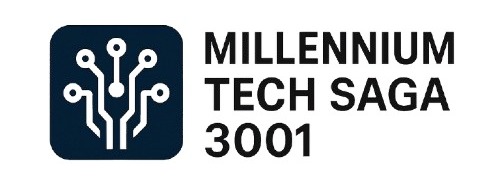
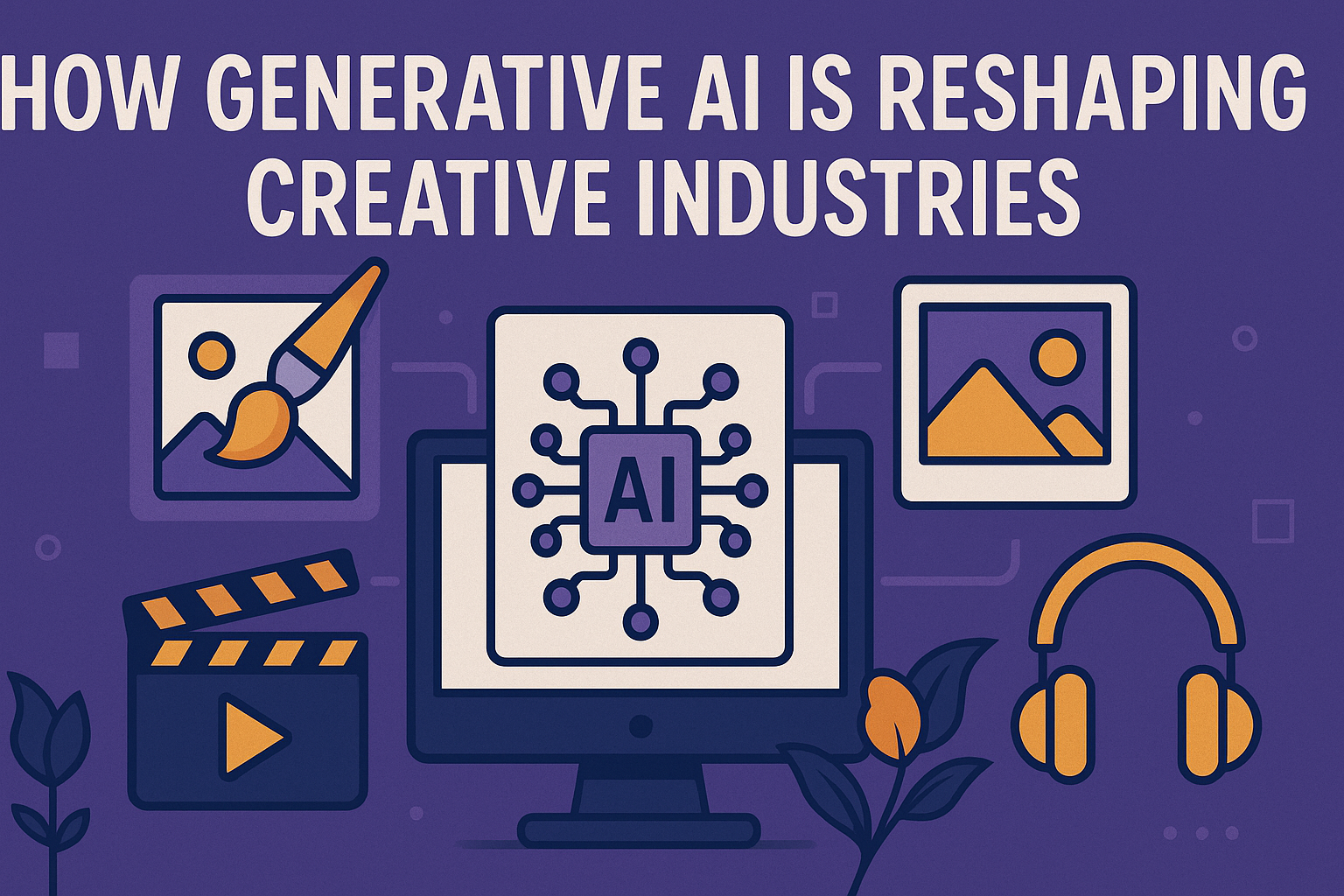
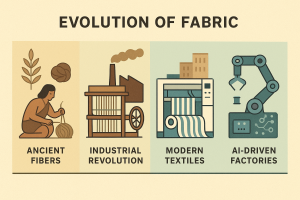
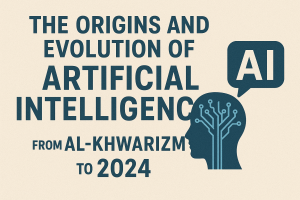
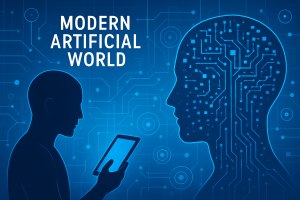
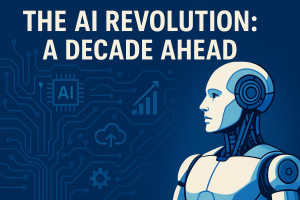
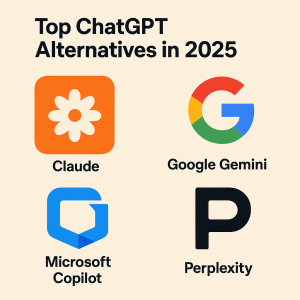
Be First to Comment